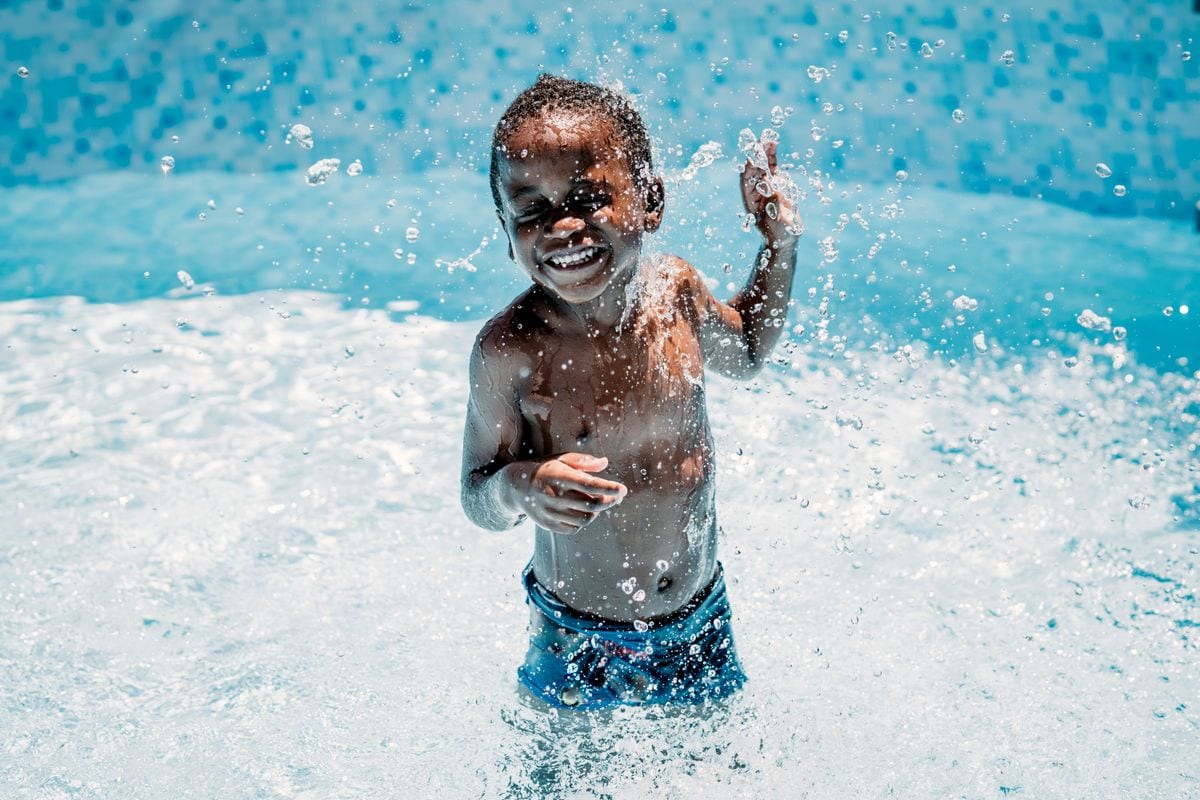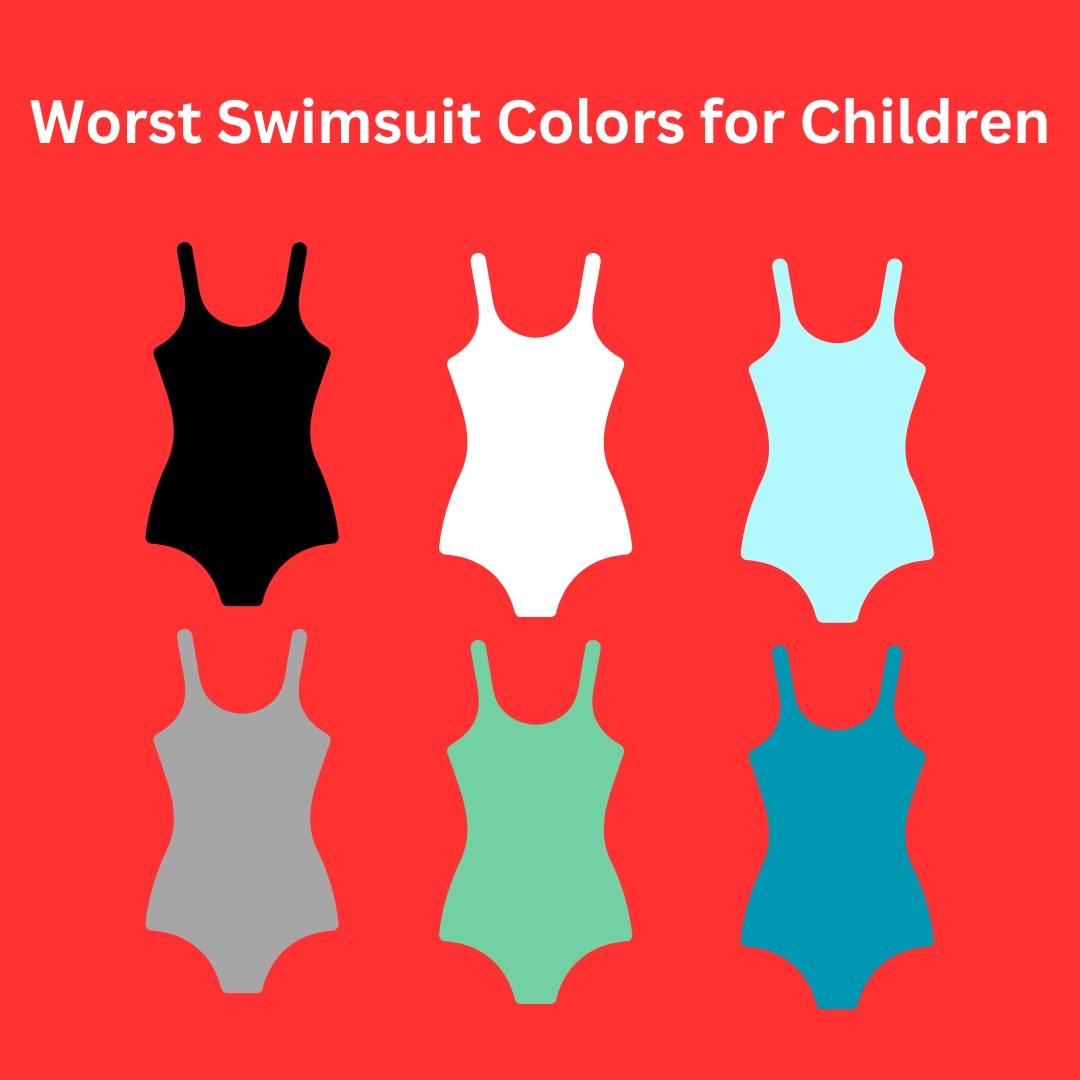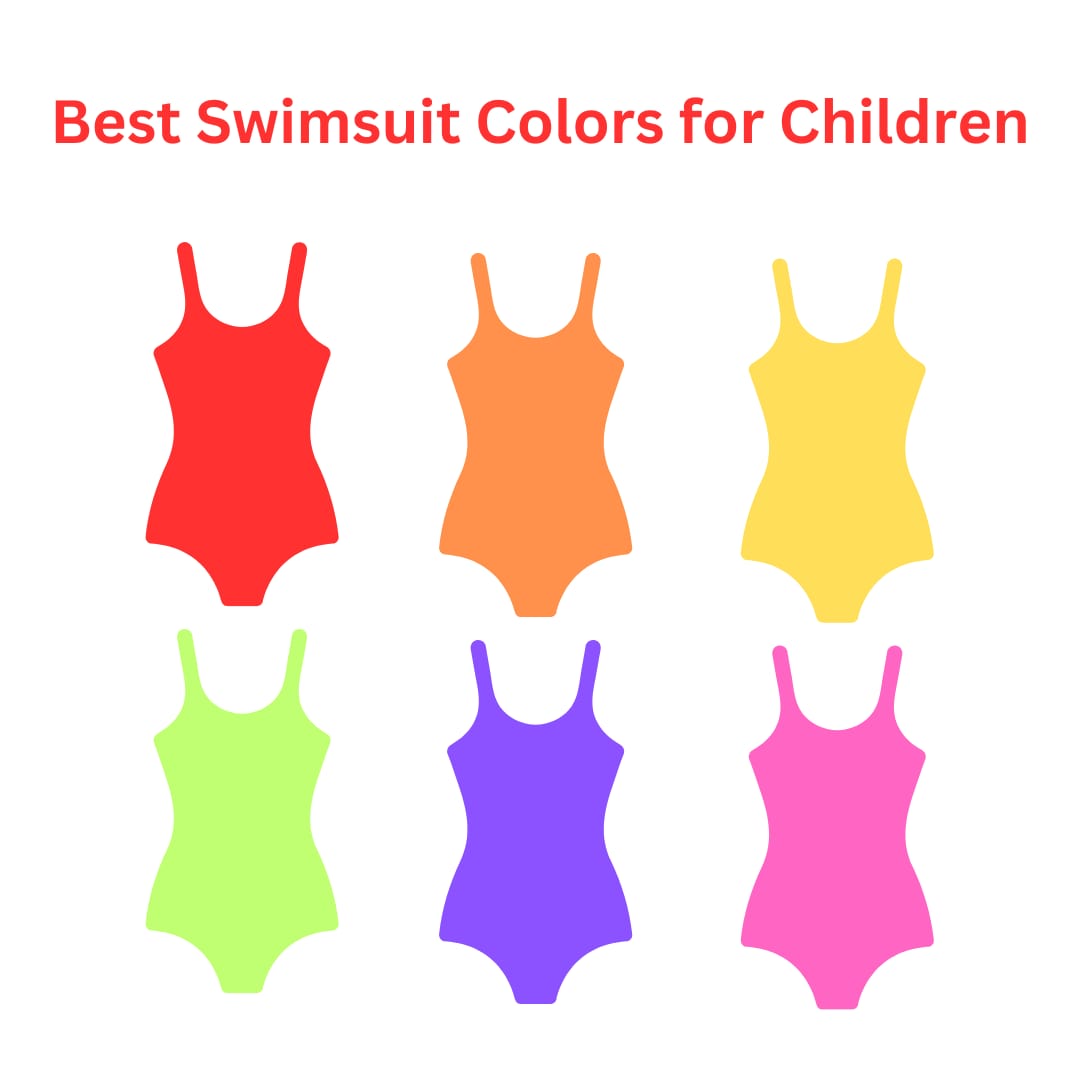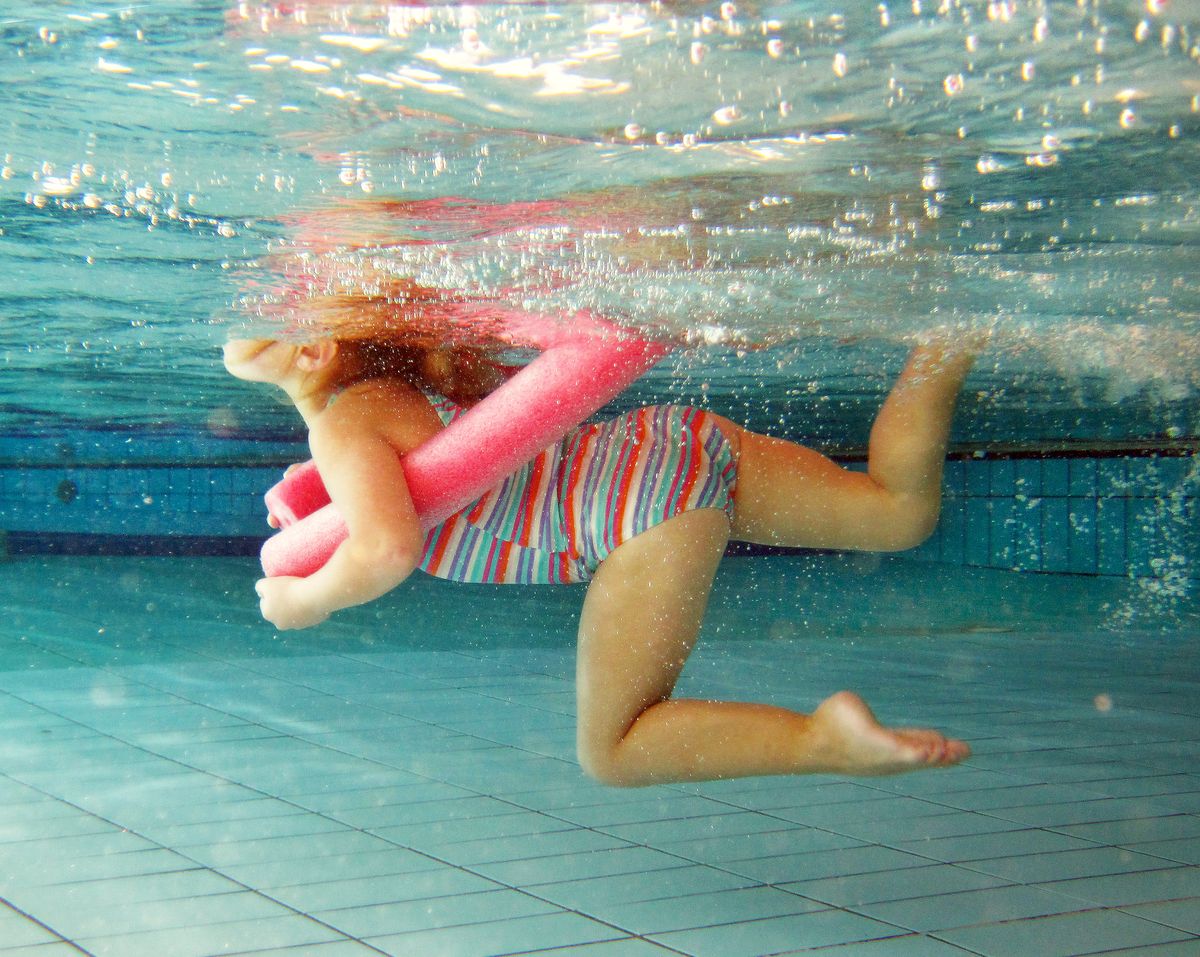
When considering child safety at swimming pools or beaches, the color of their swimsuit might not be the first thing that comes to mind. However, water safety experts have highlighted the crucial role that swimsuit color plays in ensuring visibility and preventing drownings.
“A child’s swimsuit color can significantly impact their visibility in the water, which is crucial in preventing drownings. Bright and contrasting colors stand out more clearly against the water, making it easier for lifeguards and parents to spot a child quickly, especially in an emergency situation,” Bernard Fisher, director of health and safety for the American Lifeguard Association, told CNN.
The Case Against Dull Colors
Fisher emphasized the dangers of choosing light blue, gray, or green swimsuits. These colors blend in with the water and surrounding pool areas, making it challenging to spot a child. Instead, he advocates for bright and contrasting colors such as neon yellow, orange, pink, and bright red. These hues are noticeable underwater and on the surface, greatly aiding in quick identification.
Understated Public Safety Issue
Wyatt Werneth, a coastal lifeguard in Florida and spokesperson for the American Lifeguard Association noted that the significance of swimsuit colors in public safety is often overlooked. “Bright clothes are something that we’ve identified as being a game-changer. If you have the same colors as the water or the environment, you’re going to blend in,” Werneth stated while patrolling Cocoa Beach.
Werneth also highlighted the role of bright colors in locating missing children. Lifeguards frequently search for missing children at the beach, and bright colors significantly enhance their ability to spot them. He advises parents to take pictures of their children before heading to the beach or pool, which can aid in identifying them quickly if they go missing.
Empirical Evidence
Alive Solutions, a company specializing in water safety, has conducted experiments to determine the visibility of various swimsuit colors in swimming pools and open water. Although their tests have not been published in a peer-reviewed journal, they offer insightful findings.
“In our main testing, we did 14 different colors,” Natalie Livingston, co-founder and owner of Alive Solutions, shared. The results revealed that neon pink and neon orange were the most visible in a swimming pool with a light-colored bottom. Darker colors, although noticeable, could be mistaken for shadows, leaves, or dirt. On the other hand, white and light blue swimsuits were almost invisible, blending seamlessly with the water.
Neon orange, yellow, and green were the most visible in lake water, while neon pink did not perform as well. White swimsuits reflected light but not as effectively as bright neon colors. Most other colors were difficult to spot.
The Rising Concern of Drowning
The US Centers for Disease Control and Prevention (CDC) released data indicating an increase in accidental drowning rates in the United States. Between 2020 and 2022, over 4,500 people drowned each year, a rise of about 500 drowning deaths annually compared to 2019. Drowning remains the leading cause of death for children aged 1-4 in the United States.
The color of a child’s swimsuit can significantly affect their safety at swimming pools and beaches. Bright, contrasting colors like neon yellow, orange, pink, and bright red are highly recommended for enhancing visibility and ensuring that lifeguards and parents can quickly spot a child in the water. As drowning rates continue to rise, this seemingly small detail can be a critical factor in preventing tragedies and saving lives.







